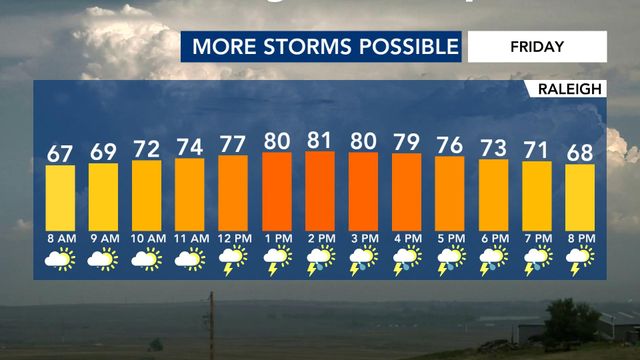Why social-emotional learning is the most important subject right now

There’s a tweet from an assistant school principal that went viral this week that says:
Have you ever taken an online class? How about six at once? When you were a teenager? With spotty wifi? And Schoology crashing? And needing to share a device with siblings? While trapped at home? Filled with fear and anxiety?
Yeah, me neither.
Let’s cut these kids some slack.
Over the past few weeks, our team at The Social Institute has been brainstorming with students across the country about their greatest needs and concerns right now. The main takeaway: There is an overwhelming need to support students’ social-emotional health and well-being now more than ever before.
Students confess to us they feel stress and anxiety over this new “normal” way of attending school and socializing through technology. At the end of a long day of sitting in front of their computer screen trying to stay focused, some students report feeling lethargic and “blah." Zoom fatigue is now a thing — one high school sophomore told me she was “zoomed out.” And of course, there is palpable grief over missed milestones, particularly for students in the midst of a capstone year.
Social-distancing is keeping them safe physically, but educators and parents are looking for practical guidance on how to support students’ social-emotional health through this pandemic. In addition to huddling with students, our team met with The Social Institute’s Research Advisory Committee — a group of psychologists, mental health specialists, and social emotional learning experts. Here are some of our top ways students can use social media and technology to boost their social-emotional health:
Find Your Influencers. Fill your feeds with positive influences that bring out your best, and discover creative ways to stay in touch with friends while home for the foreseeable future. Here’s how one student mentor is using the new Netflix Party feature to make that happen.
Use Your Mic For Good. Now is a great time to take a stand and create positive change, whether that’s reaching out to isolated family members, starting a fundraising challenge, or brainstorming ways to salvage your school’s spring semester extracurriculars through the positive use of technology.
Handle The Pressure. Focus on “controlling the controllable,” and let go of things beyond your control. Design your self-care strategy by identifying one thing you need every day to make you happy, and set an alert on your phone to ensure you complete it. Go ahead and discuss the elephant in the room — the fear of missing out while some friends might continue to hang out in person.
While we can’t give students back everything they’ve lost this semester, we can support their learning from both an academic and social-emotional standpoint. We can help them find silver linings and focus on what really matters. And thankfully, we have the power of social media and technology to bring us together like never before.
Laura Tierney is Founder and CEO of The Social Institute, which empowers students’ social-emotional health and ability to navigate social media and technology in positive, high character ways. Their #WinAtSocial LIVE program provides schools with remote, real-time advisory sessions that connect and energize students during school closures due to COVID-19. To bring #WinAtSocial LIVE to your school or to schedule a demo, visit TheSocialInstitute.com.









